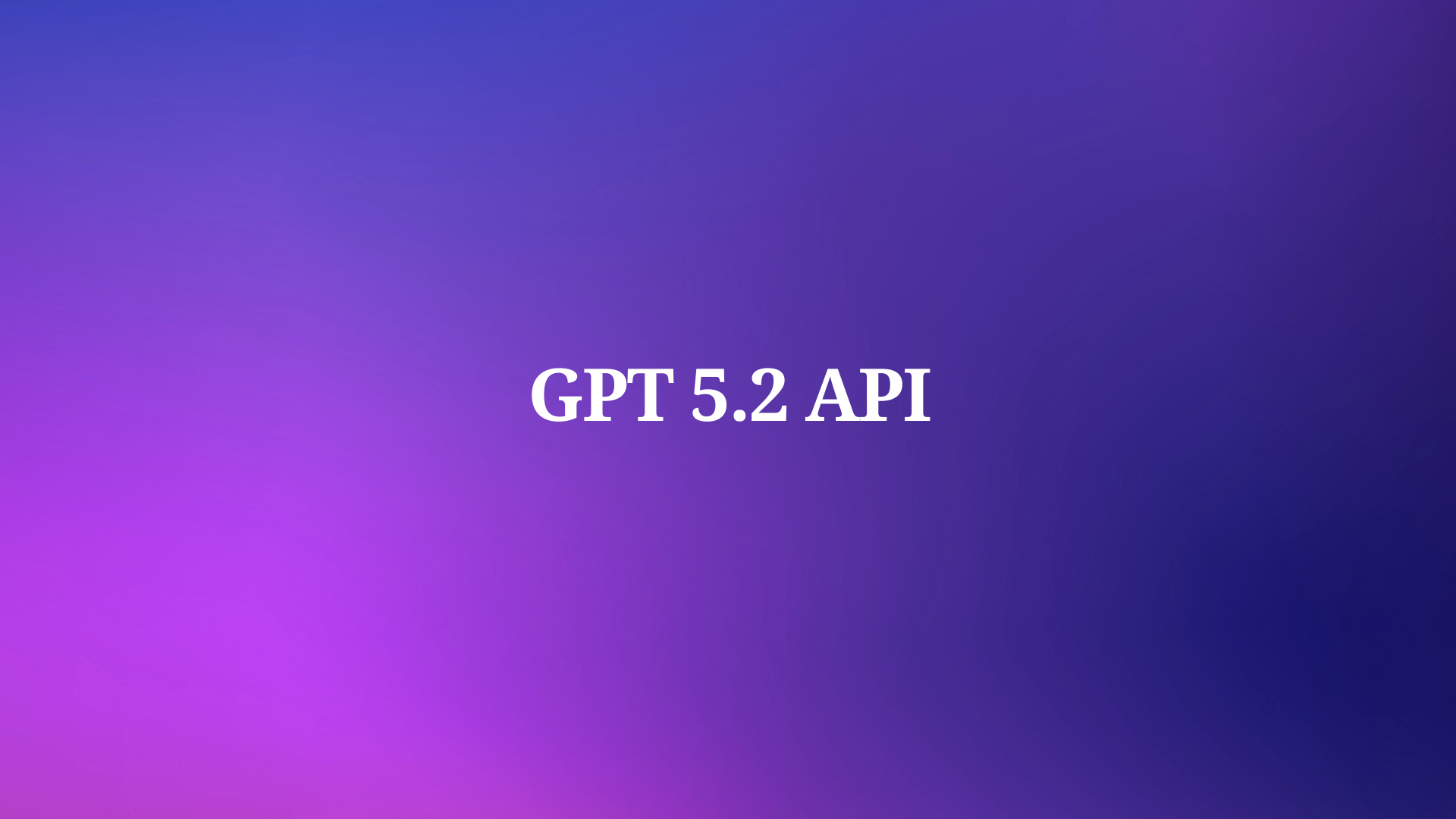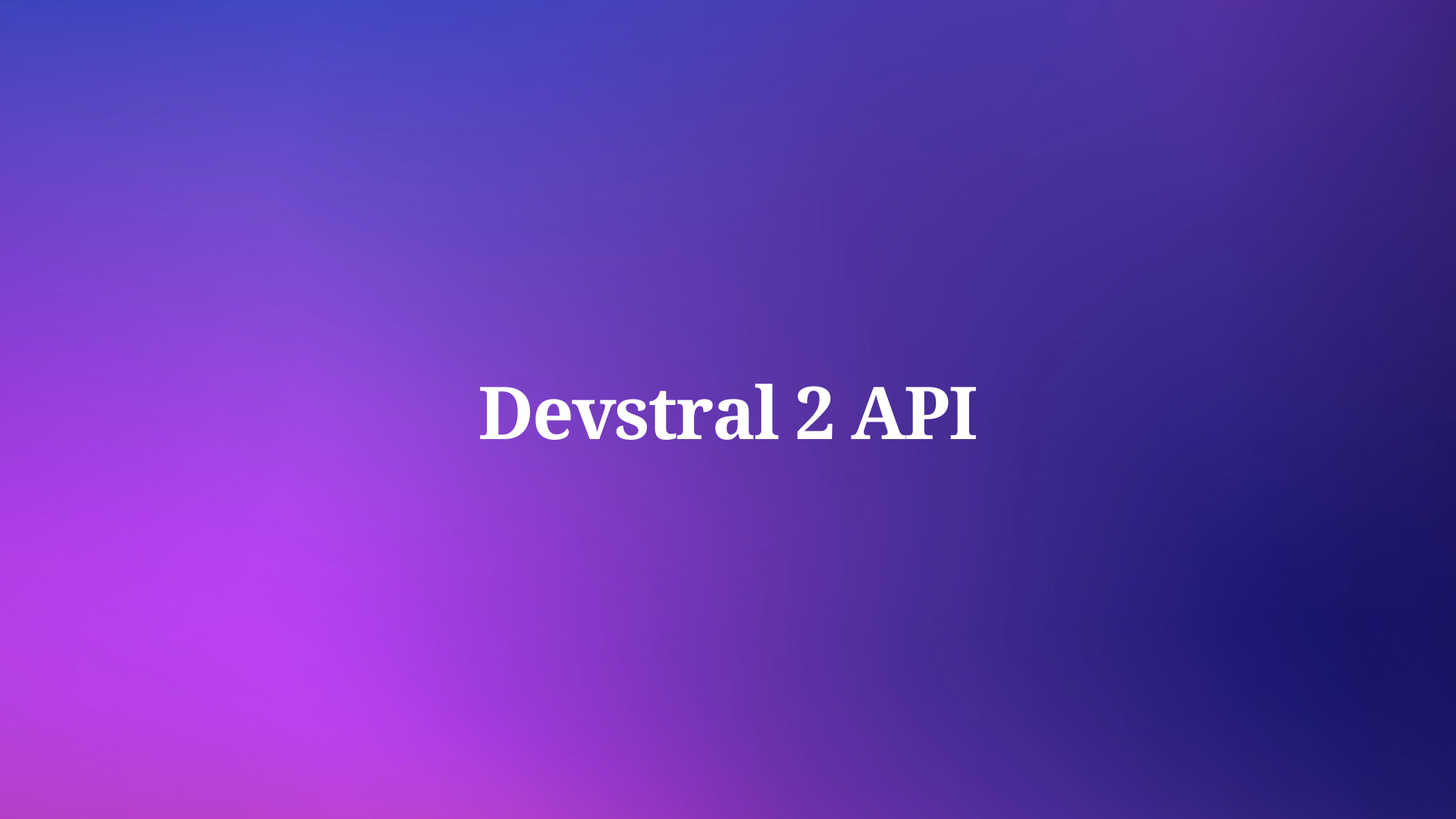In the world of API development, collaboration is key. Postman understands this need and offers a powerful feature - Sharing Collections. This feature allows teams to share API requests within a group, enhancing team collaboration and maintaining consistency across different stages of API development. Whether you’re a developer testing an endpoint or a QA engineer validating a response, sharing collections in Postman ensures that everyone on the team is on the same page. It’s like having a shared workspace that everyone can access, contribute to, and benefit from. So, let’s dive into the process of sharing collections in Postman and see how it can elevate your API development workflow.
What is Postman?
First things first, what is Postman? Well, it’s a popular tool used by developers worldwide for building, testing, and modifying APIs. It’s user-friendly, feature-rich, and makes working with APIs a breeze.
The Power of Collections
In Postman, a Collection is a set of API endpoints or requests, including authorization, parameters, headers, bodies, tests, and settings, grouped under the same ID. Collections enable organizing requests with different method types into folders. You can share and import/export these collections. Postman also lets you export all collections as a JSON file and data. The exported file contains all requests, folders, and metadata. You can share these collection files with teammates and import them into other Postman instances. This enables collaboration and reusability.
What are the benefits of sharing collections?
Sharing collections in Postman offers several benefits, especially for teams working on API development:
- Collaboration: Sharing collections allows team members to work together more effectively. Everyone has access to the same set of requests, which can be updated and improved collaboratively.
- Consistency: By using shared collections, you ensure that everyone is testing and developing against the same set of requests. This helps maintain consistency across different stages of API development.
- Efficiency: Instead of creating new requests from scratch, team members can leverage existing requests from the shared collection. This saves time and reduces the chance of errors.
- Knowledge Sharing: Shared collections can serve as a knowledge base for your APIs. New team members can quickly get up to speed by exploring the shared collections.
- Version Control: Postman allows you to version your collections. This means you can keep track of changes and roll back to previous versions if necessary.
Sharing collections in Postman can significantly enhance your API development workflow by promoting collaboration, ensuring consistency, improving efficiency, facilitating knowledge sharing, and providing version control. It’s a powerful feature that can benefit both small and large teams.
Sharing Collections in Postman
Now, let’s get to the heart of the matter: sharing collections. Sharing your collections in Postman is straightforward and can be a game-changer for team collaboration.
Before you can share a collection, you need to create one. You can do this by clicking on the “New Collection” button in the Postman app.

Add your requests, and voila! You have a collection.

To share your collection, click on the “…” next to your collection’s name and select “Share”. You’ll then have the option to share the collection with a workspace or a team member.

You’ll then have the option to share the collection with a workspace or a team member.

Once your collection is shared, your team members can access it, run the requests, and even contribute to it. This collaborative approach can significantly speed up API development and testing.
Share Apidog project
In Apidog, a Collection in Postman corresponds to a Project. Thus, variables within a Postman Collection are equivalent to global variables in an Apidog project. The Postman API uses variables to store the front URL (usually a domain name), while the front URL of Apidog is stored independently in the “Service” in "Environment Management".
Open your Apidog project and Switch to the Share Docs interface. Click on the "+New" button to create a new share.

Add all the details and the configuration

The online document supports share the entire directory. Select the corresponding group to open the entire directory sharing, and the group will automatically synchronize to the online document after modification. Of course, if you do not want the online document to synchronize your modifications in real time, you can choose not to enable it.

After the setting is complete, copy the link to share with team members.

The main purpose of custom share is for quick sharing within a small group. Each project can have multiple shares, and each share can have different content and permissions.
Conclusion
Sharing collections in Postman and sharing documentation in Apidog are both powerful features that significantly enhance the collaborative experience in API development. These tools not only streamline the process of testing and debugging but also ensure that all team members have access to the most up-to-date versions of API collections and documentation.
By leveraging these features, teams can work more efficiently, reduce miscommunication, and ultimately deliver higher quality APIs. Remember, a well-documented API is not just a reference guide. It’s a gateway for developers to understand, work with, and even contribute to your API, thereby fostering a robust and innovative developer ecosystem. Happy sharing and documenting!



